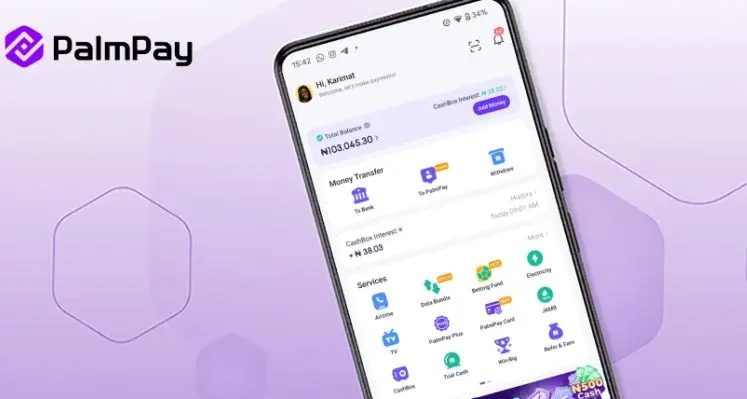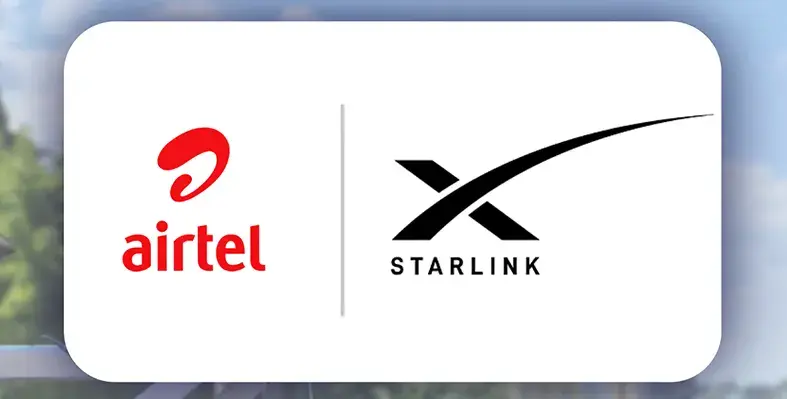Insurance companies are competing for customers on new, more direct platforms - like the Internet and contact centres.
p>Insurance companies are competing for customers on new, more direct platforms - like the Internet and contact centres.
The contact centre in particular is an important interface for service, support and sales. To increase customer retention, loyalty and company growth, the customer experience across all channels, but especially in the contact centre, needs to be prioritised. This means agents need to be able to focus on customers, not systems.
Paul Fick MD of Spescom DataFusion, a company providing communication platforms to enterprises and call centres said, "With third-party brokers or insurance agents no longer providing the primary link between insurance companies and their clients, these organisations need to reclaim their most valuable assets - their customer relationships - to regain control of the company brand, to improve target marketing activities, and take ownership of customer data.
"Since the core competency of insurers has previously been underwriting risk, not mastering customer relationships, this will require a radical change of mindset and totally different skills. Also driving this approach is the fact that customers are more market aware and have higher expectations in terms of service. Risk mitigation has become commoditised. Instead, customers are making selections based on price and service. This means insurance companies need to become customer-centric rather than
policy-centric - and they will need to break some bad habits to do this."
Some of the common operational challenges plaguing insurers include: inefficiencies due to departmental silos; legacy systems that limit the flexibility across systems and product lines that are necessary to sell more integrated products; high customer representative churn which means high recruitment and training expenses; and a surfeit of custom-built IT solutions, which means maintenance and support is higher on the IT department's priority list than adding value to the business.
"However," says Guy Tweedale, Senior Vice President, European Operations at Jacada, a Spescom DataFusion technology partner, "all of these challenges pale in comparison to the real issue, which is desktop complexity in the insurance contact centre."
Service and support
Jacada is a provider of unified desktop and process optimisation software solutions for the customer service and support market. Jacada's products and services focus on customer retention and cost reduction.
Notes Tweedale, "Some companies in this sector may have more than 20 active applications and tools on the agents' desktops. As a result, customer service representatives (CSR's) who are supposed to provide quality and timely service to customers on each call end up spending most of their time - and attention - navigating through dozens of non-integrated applications. This is a major contributor to negative customer experiences, and to the high churn rate in these contact centres."
Says Fick, "In many cases, insurance customers are already frustrated and emotional before they call; they do not want to have to provide their policy number eight times or to sit on hold listening to bad music or the agent explaining, 'I'm so sorry, my computer is slow today'. The solution to these problems lies in integrating disparate applications and presenting the agent
with a single, easy to navigate desktop."
A unified desktop solution puts all the information an agent needs to complete the call easily, quickly and effectively at his fingertips - at the right time, in context to the current conversation.
Fick adds, "Unified desktop solutions are increasingly in demand because they aggregate relevant information rather than trying to tie the various systems together through deep integration of the technology. an expensive alternative. In addition, process flows can be identified and configured to enable efficient and effective customer service.
"For example, when a policy enquiry call comes in, the CSR's screen will show the relevant process flow, data, applications and knowledge base for the call. If the next call that comes in is related to a claim, the desktop would change to show only the process flow, data, applications and knowledge base that the CSR needs to support claims queries."
Tweedale agrees, "Leading unified desktop solutions sit 'on top' of your current applications, so it is not necessary to tear out your existing applications or infrastructure. Insurance companies can keep their existing line-of-business applications such as policy systems, claims systems, billing systems. and still give customer service representatives all the information they need, when and how they need it."
Says Fick, "Given the realities of today's economic climate, in addition to the already tense competition between insurance providers, now is the time to increase customer retention and reduce operating expenses. The companies who successfully do that will not only navigate the choppy waters we are in now, but will emerge stronger and as market leaders.
"A unified desktop solution is the quickest and most efficient way to improve customer retention while reducing your cost of operations. In other words, it's the insurance policy you need to keep your customers' business for years to come."






















